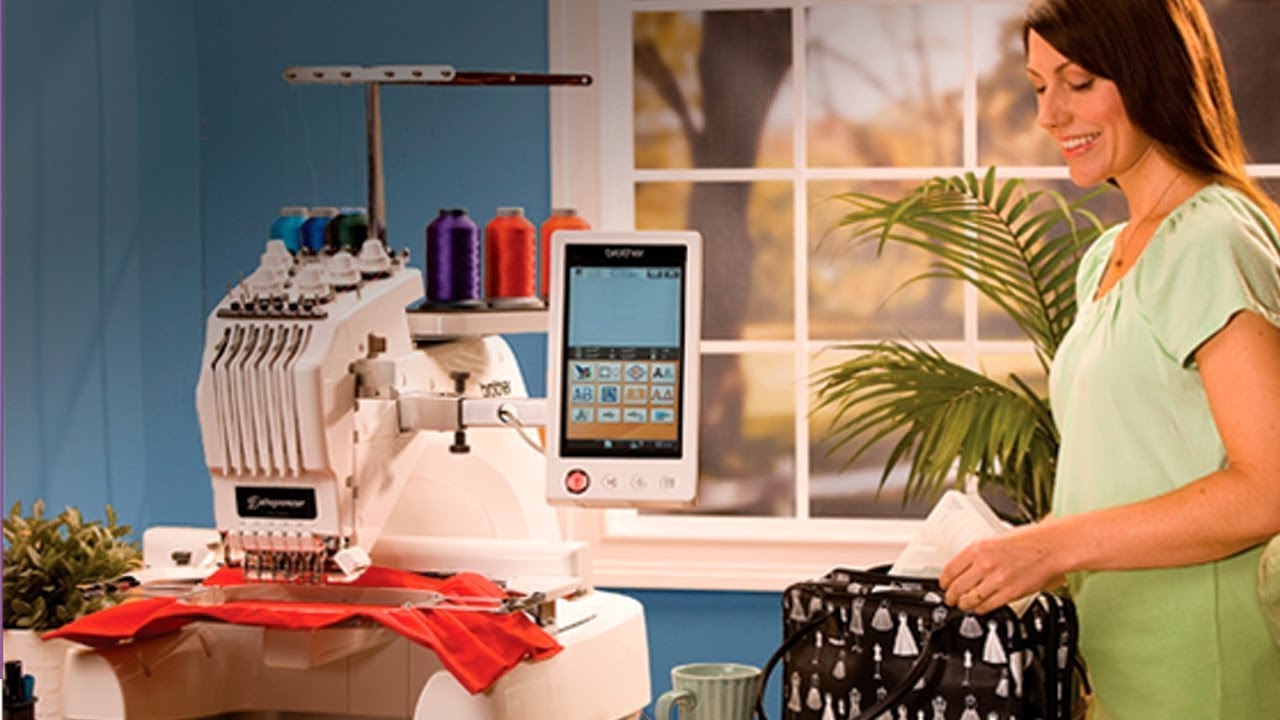Embroidery digitizing! Are you aware of the process? Don’t know much? Well, the following blog is going to tell you all about the things that should be part of your knowledge. In simple words, it is a process in which you have to convert the artwork in a digital file with the help of software. The digital file plays an essential role that will help the machine to get a better understanding of the path of the needle. Note that the process is not fully automatic. Instead, you can consider it as an art form that should be done in a perfect way to get the best quality results.
One must understand that embroidery machines are not able to understand standard image formats just like your computer. You will need embroidery-specific files like JPG to PES, DST, and many more. Considering this, you must remember that you have to convert image to PES or any other particular format depending on the work.
Different Embroidery File Types
Let’s talk about the different types of files that are used in the embroidery industry depending on the machine compatible with those particular formats:
.dst: Tajima commercial embroidery machine.
.kwk: Brother commercial embroidery machine.
.dsb: Barudan commercial embroidery machine.
.tap: Happy commercial embroidery machine.
.exp: Melco commercial embroidery machine.
.jef: Janome commercial embroidery machine.
Embroidery Digitizing Steps
Now, we will be looking at the different steps which are part of the process:
- You have to upload the artwork be it an image, text, or any logo using digitizing software.
- Proper setting of the embroidery design in terms of size.
- Careful selection of the right type of stitches.
- You have to do the setting of the stitch direction.
- Proper selection of the thread colors which will be used in the embroidery work.
- Careful transfer of the file in your embroidery machine.
Design understanding in the process is one of the important things to know. The artwork placement and complexity of the size is one of the essential factors to consider. At this point, the skilled digitizer will be also keeping the fabric vs thread relation. You must assign the types of embroidery stitches to particular areas when you are about to consider the factors like push and pull in the garment and type of fabric. Furthermore, there are different directions and variables that affect the outcome of stitching so it is crucial to handle every task in a proper way.
Different Types of Stitches
In the embroidery digitizing process, you will come across different types of stitches for different texture, look, and more. Each type has its own stitch length that should be kept in mind. More importantly, you also have to keep the push and pull of fabric when you are about to select the stitch types.
Straight: You can also call it foundational stitch for the embroidery where you have to create a pattern by repeating the straight lines of stitches. You can use it for outlining, shading, and for detailed work.
Satin: If you want to get text embroidery on any of your items, then you will have to use a satin stitch. The max length for a satin stitch is 12.1mm. Moreover, you can use this stitch for the borders, words, text, and to get a shiny look.
Fill: You may also call them tatami stitch or ceding stitch. The max length of the stitch is 4mm. It can be used for developing a textured look, large designs, and for filling up the blank space.
Push & Pull Factor
One thing that should not be ignored while working is the push and pull. There is a possibility that a design may move when it is set for embroidery. Due to this, a few of the stitches will shift to a certain limit. This happens more when you are working with long stitches, bulky fabrics, tight bobbin thread, and big areas of thread. A skilled digitizer will always keep this factor in mind while working.
Final Embroidery
The left chest logo for business use is easy to digitize for the competent digitizer. But there are a few things that need more time to set things up and these are the small text, color gradations, fine details, and many color changes. You must keep one thing clear that digitizing is a process that needs proper time and experience for the right execution. A digitizer needs to be aware of how the stitches in the embroidery software will look on the different types of fabrics.
Hopefully, now you will be aware of the embroidery digitizing and the essential things related to it. You should connect with a skilled company to get the service at an affordable price tag with a quick turnaround time.








